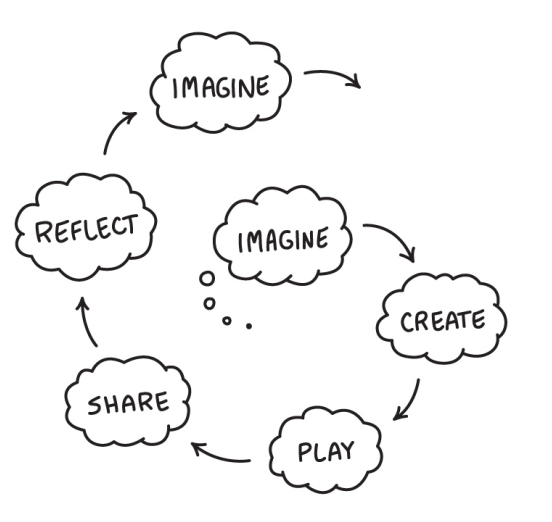Successful artists who produce great work often find themselves facing an incredible burden. The burden to create a work of art that is even better than the last. Work that reinvents itself, but remains true to what audiences expect. Work that is topical. Work that is timeless.
Artists including author J.D. Salinger and sculptor Maurizio Cattelan have given up successful careers to escape this pressure, and who can blame them? The same pressure is not put on a lawyer who wins a landmark case, or a scientist who shines new light on the machinations of the universe.
The reason why that’s the case stems from how society perceives careers in the arts. Despite the varied routes that lead individuals to adulthood, the vast majority of us are imbued with the same perception about what a career entails. First, we choose an area of expertise, and train in it. Then we land a job in our chosen field and, over the years, develop the skills and experience needed to improve our work, and rise through the ranks in our field. It’s straight forward. It’s linear. It’s universal. That’s what we are made to believe.
The creation of art is not like that though. Training, industry experience, a previous body of work – none of that is particularly relevant to a career in the arts.
Where the progression of a traditional career unfurls in a straight line, the artist’s path loops.
In his book Lifelong Kindergarten, author, programmer, and professor Mitchel Resnick portrays it as a creative learning spiral.
The spiral begins where all art begins: with an idea.
The idea is not the product, nor is it the creative aspect of the process. That comes next, as the idea is shaped and brought to life.
Of course, even the most seasoned artists don’t get it exactly right the first time, and so they play with it, experiment with it, make it better.
When it is ready, their creation is shared, and both they and their audience reflect on it.
It is during this period of reflection that the artist begins to develop new ideas, and the process starts again.
With the creative learning spiral, Resnick expertly summarises a system that prioritises ideas over challenges. Its focus is not on external pressures, but the artist’s natural inclination to create honestly and practically.
While it’s a system primarily designed to improve education models, the same principles can be applied to any creative endeavour at any level.
Every link of the spiral is the same, yet different. The specifics of each step are determined by the specifics of the artwork, and crafted by the experiences fashioned through each previous completion of the rotation.
There may be missteps along the way. An entire link might go astray due to rushed deadlines, bad reviews, or embarrassment at the finished product. The potential reasons are vast.
But the process still goes on. Even if the artist is fired, defunded, criticised, whatever, the art – the creativity – continues.
Once the artist embraces this, the pressure to meet expectations can be shrugged off. For all artists experience their highs and lows at different points throughout their career, and exactly what falls where doesn’t matter. All that matters is that the work carries on.

